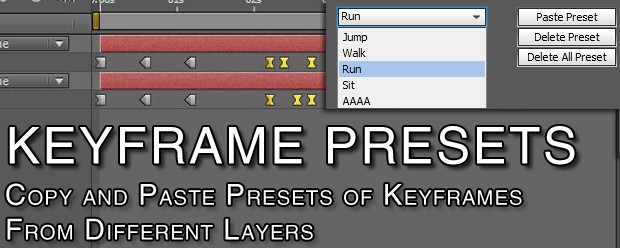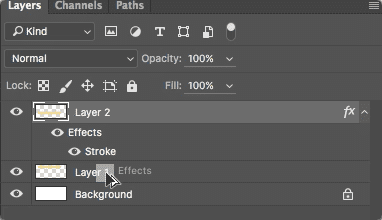
For example if you want to simulate “wounded” behavior, and have “wounded” animations for walk / run / jump instead of the “healthy” ones. Sometimes it is useful to be able to re-use the same state machine in different layers. For example if you wanted to play a throwing animation on just the upper body of your model, while having your character also able to walk, run or stand still at the same time, you would use a mask on the layer which plays the throwing animation where the upper body sections are defined, like this:Īn ‘M’ symbol is visible in the Layers sidebar to indicate the layer has a mask applied. The Mask property is there to specify the mask used on this layer.

You can manage animation layers from the Layers Widget in the top-left corner of the Animator Controller Controls animation through Animation Layers with Animation State Machines and Animation Blend Trees, controlled by Animation Parameters.

An example of this is if you have a lower-body layer for walking-jumping, and an upper-body layer for throwing objects / shooting. More info See in Glossary for different body parts. The states available will depend on the type of gameplay, but typical states include things like idling, walking, running and jumping.

Unity uses Animation Layers for managing complex state machines The set of states in an Animator Controller that a character or animated GameObject can be in, along with a set of transitions between those states and a variable to remember the current state.


 0 kommentar(er)
0 kommentar(er)
